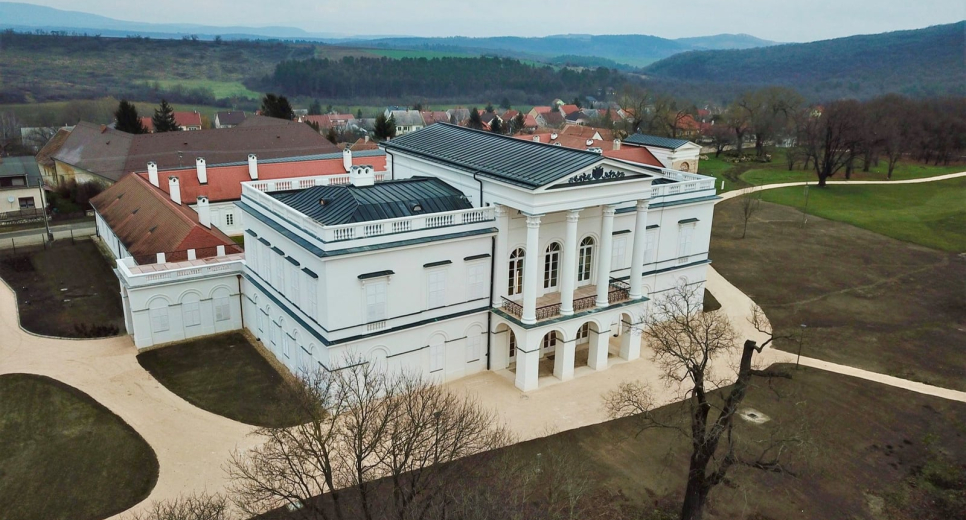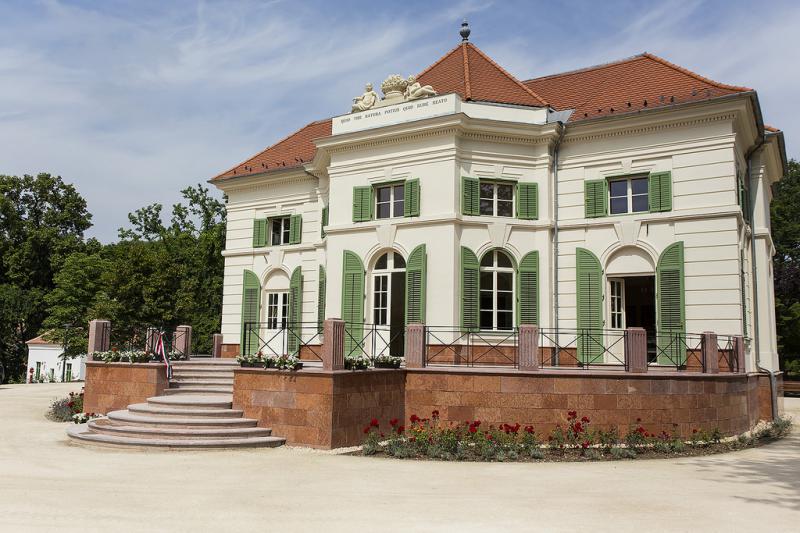Esterházy Summer Residence / English Garden - Tata
When the park was built, the Summer Residence was in the center - the paths of the park flowing radially from here. The foundation was laid in the presence of Ferenc Esterházy on October 11, 1783. The plans were made by József Grossmann, who was an assistant to Jakab Fellner, and then became his successor to the estate architecture office, and the Summer Apartment is his only surviving significant work due to his early death. The one-storey, late baroque-style building was created by Antal Schweiger. The Herend porcelain exhibition is downstairs and the exhibition of English parks in Hungary is upstairs. In 1934, Count Ferenc Esterházy created an open-air stage in the English Park. On the edge of the area in May 1948, the location of the Olympic Training Camp was designated, as the climate of the town best resembled London. After the successful Olympic Games, the camp was fully built and handed over to the athletes in 1951, and to this day it is one of the strongholds of Hungarian sport.

